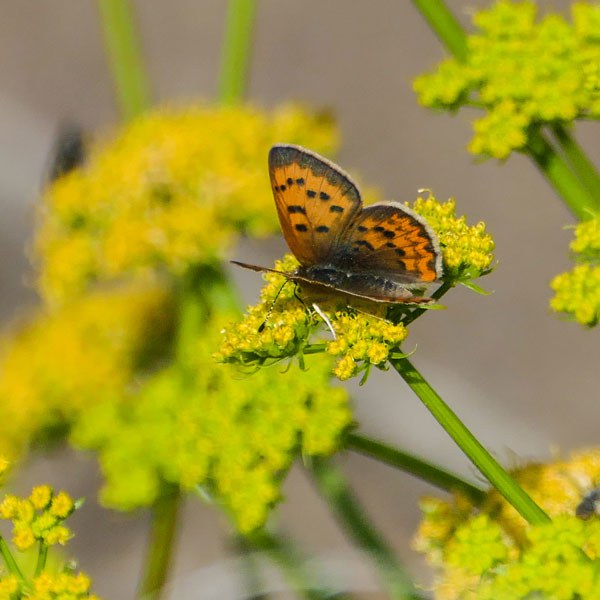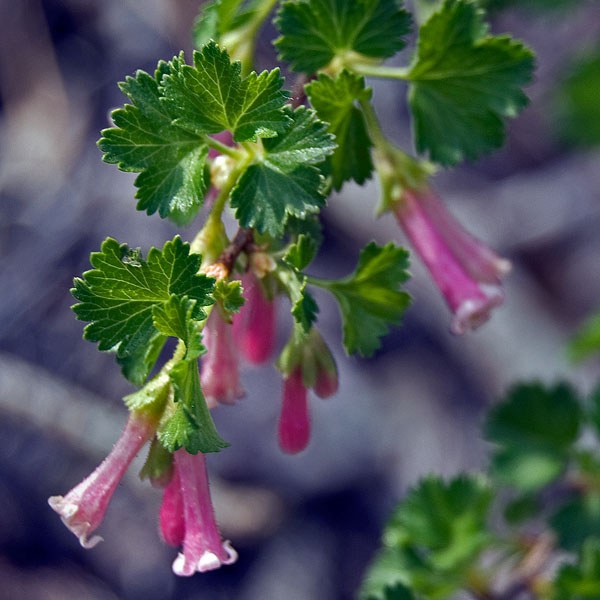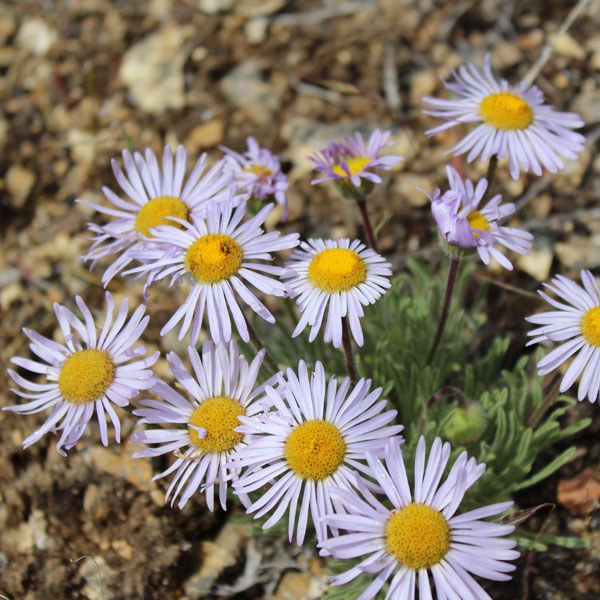With the arrival of spring, I have gardening on my mind. While I already have my small vegetable garden planned out, I also enjoy having flowers around. If you’re going to plant flowers, why not create a butterfly garden and provide habitat for our fluttering neighbors? Start with this beginner’s guide.
The first step is finding a spot for your butterfly garden. When choosing a location, make sure it’s in a sunny location. Butterflies love the sun! You’ll also want your garden protected from wind.
Selecting Flowers
Then, begin researching native plants that are beneficial to butterflies. Here is a handy guide that provides native blooms, flower color, and approximate bloom time. You’ll want to have a variety of flowers that provide blooms throughout the season, with a concentration of blooms in July and August, when we have a large population of butterflies in Central Oregon. Having blooms in the early spring and late summer/early fall is also great since there are less options available to butterflies during these times.
Harmful Impacts of Chemicals
In your garden, do not use any pesticides or insecticides. Butterflies are incredibly sensitive to chemicals. When purchasing your plants, make sure to ask nursery staff if they have chemically treated their plants--especially neonicotinoides! This is somewhat common at garden centers, but is very harmful to butterflies.
Container Gardens
If you don’t have the space or ability to plant a butterfly garden, you might still be able to create a butterfly habitat. Create a container butterfly garden! If you have a front porch or deck, add different sizes of containers (terracotta pots, baskets, old boots—many things work!) and fill them with beneficial flowers, using the tips above. With limited space, pay special attention to flowers that bloom in the early spring, late summer, and ones that bloom for a long time.
If you want to get even more creative with your butterfly garden, here are some “extras” that butterflies will love!
Butterfly Puddle: Adult butterflies like to sip salts, moisture, and minerals from damp earth. Create a butterfly puddle by sinking a shallow pot saucer into your garden, filling it with sand, and then keeping it damp. Butterflies will be able to sip from this damp soil.
Sunning Stones: Butterflies love to warm up by sunning themselves. Make a sunning spot for them by your butterfly puddle. Ring the puddle with flat stones that absorb sunlight in the early morning or late afternoon.
Additional Tips
Keep these additional tips in mind when creating your butterfly garden.
- Intermingle different forms of flower blooms. If possible, have flowers with large flat blooms (like Townsendia), some with tubular blooms (like wax currant), and others with irregular shapes (like lupine or western columbine).
- Remove spent flower blooms to encourage more flowers to form.
- Pink, red, purple, and yellow blooms are especially great for butterflies.
- Consider whether you have any sort of shelter for butterflies, whether that's a nearby tree or shrubs.
With this guide as a starting point, you’ll have a 5-star butterfly hotel and Michelin Star restaurant before you know it!
Learn more:
- Find native flowers at WinterCreek Restoration & Nursery and Clearwater Native Plant Nursery
- Central Oregon Butterflies
- Five Butterflies that are not Monarchs


